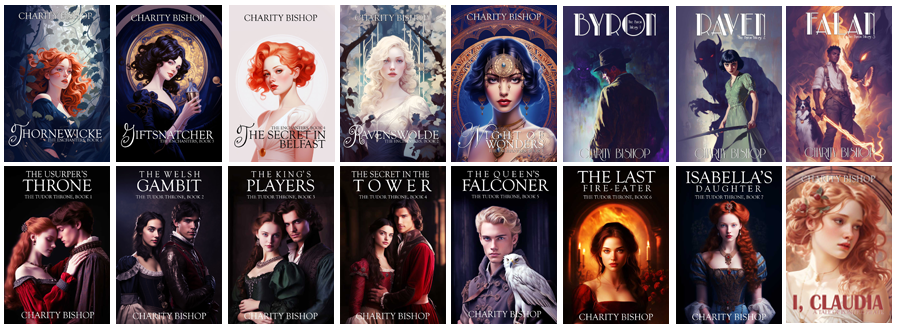Dracula: Prince of Darkness (1966)
Back when Hammer Horror films were popular, the studio rode on the success of a series of well-received Dracula adaptations. While the first one pitted the infamous bloodsucking count against his nemesis Van Helsing, later productions lured unsuspecting travelers into his influence.
The Transylvanian countryside has long laid to rest the count that formerly terrorized the locals, but superstition prevents them from forgetting entirely. Garlic still dons traveling houses and taverns, and young women who die under suspicious circumstances are staked through the heart and then burned. Father Sandor (Andrew Keir) is against these practices, believing that Dracula has been laid to rest. His presence interests a group of individuals journeying through the surrounding territories in search of beautiful places to climb. He warns them not to pursue their current travels, which will lead them too near the notorious castle where the count resided. His cautions distress the women, particularly Helen (Barbara Shelley), but the men write them off as nonsense.
When their transport breaks down several miles from the crossroads the following day, the group is rescued by a mysterious carriage with no driver. The horses deliver them to an abandoned castle, where sinister events unfold. Their luggage is unpacked for them. Four places are set at the table. Then there is the presence of a sinister old butler named Klove (Philip Latham), who encourages them to partake of his dead "master's" hospitality. Despite Helen's premonition that the house and its occupants are evil, the travelers stay the night, inadvertently unleashing Dracula (Christopher Lee) on an unsuspecting world.
I have to hand it to Hammer. They may have traded in campy horror, but they do have the foresight to involve a decent plot. The suspense builds throughout (although there are times when individual shots last a little too long) and we become involved with the characters as they each encounter their own personal series of events. The initial arrival at the castle and what follows makes for some classic filmmaking. Klove is one of the most marvelous, sinister fellows you would ever want to meet, revealing a truly barbaric side. Dracula makes a late appearance and by that time the viewer is itching to see him, but the script's rather brutal stance on him as a human animal leaves a lot to be desired. His leer is good, but Lee doesn't have a single line of dialogue. One of the best aspects of the book was that Dracula was very literate and could hold a conversation with the best of them. The audience also meets Renfield, under a different name and wonderfully out of his mind at a local monastery. It was also nice to see Dracula meet an end that wasn't being burned alive or staked through the heart.
The film does get a little gruesome in places. A vampire bride is staked through the heart, with bloody results. Several men are stabbed, clubbed over the head, or shot and killed. In the most horrific scene in the film, Klove suspends either an unconscious or dead man (we aren't sure which) over a crypt, then slits his throat. Blood pours into the stone coffin among Dracula's ashes, causing him to awaken and arise. A man discovers a body stuffed into a trunk; only an arm is shown. Women are attacked by vampires numerous times. Vampires are kept at bay with crosses and other religious symbols. I admit, the film does feel a little campy in places and it's a shame that Lee's magnificent voice wasn't added to his frightening persona. Being a fan of the genre, I found it an enjoyable film but it won't be placed among my list of adored classics.
